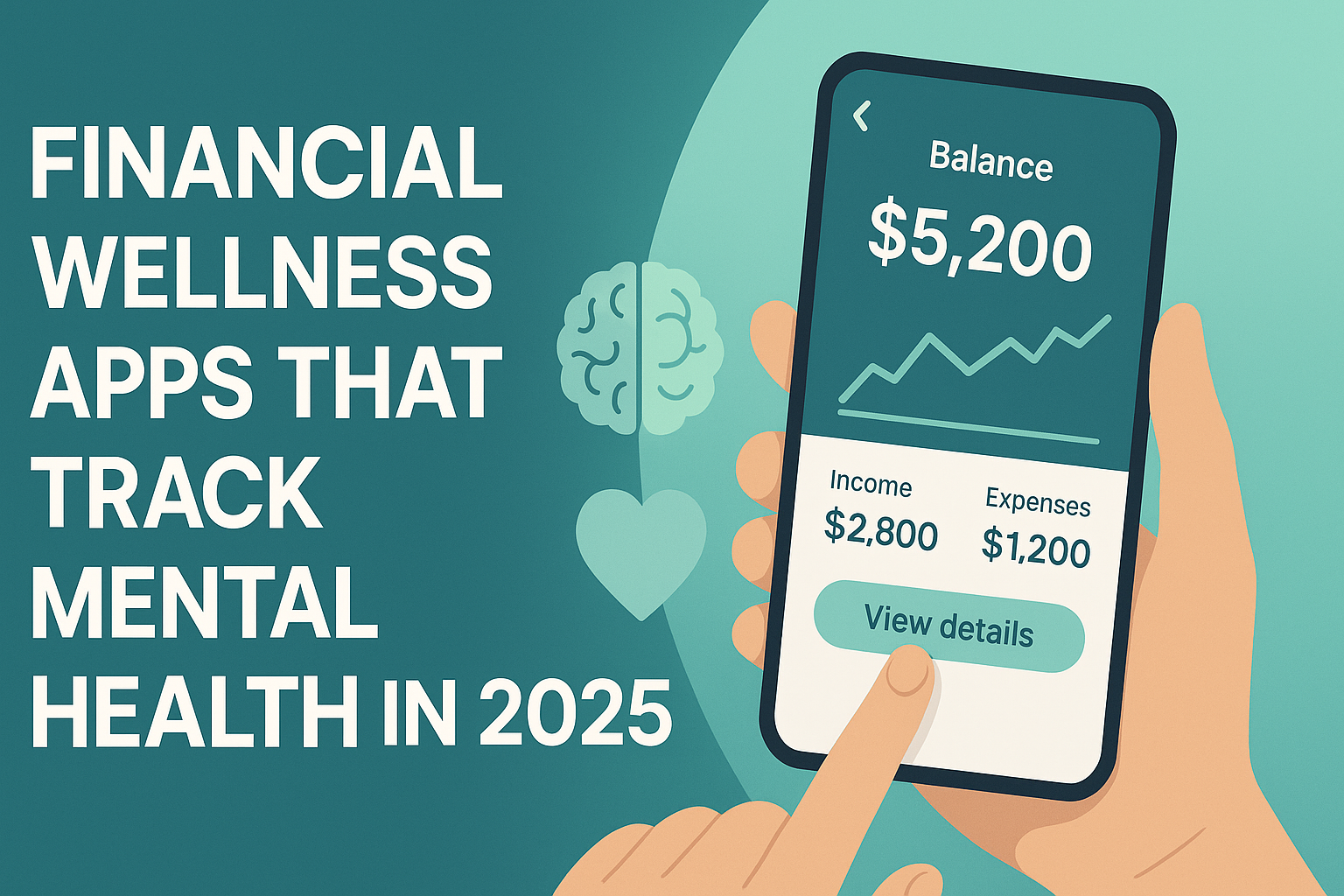A $23.2 million investment is about to reshape Alabama’s economic landscape — here’s how it could impact your finances, your home, and your next big opportunity.
The state of Alabama is planting the seeds — literally and figuratively — for its next chapter of industrial and economic growth. With the third round of SEEDS (Site Evaluation and Economic Development Strategy) grant applications set to open in July 2025, a total of $23.2 million is up for grabs to help local communities prepare industrial sites for high-impact projects.
At first glance, this may sound like a headline strictly for developers or state officials. But if you’re a homeowner, investor, saver, or just trying to build financial stability, this initiative could directly or indirectly influence your bottom line in the years ahead.
Let’s unpack what’s really happening — and why you should care.
Background & Context: What Is the SEEDS Program?
Launched by the Alabama Department of Commerce in partnership with the Economic Development Partnership of Alabama (EDPA), the SEEDS grant program was created to enhance Alabama’s readiness for industrial investment.
The goal is simple: turn underdeveloped land into shovel-ready sites so that when an opportunity arises — say, a new manufacturing plant or logistics hub — Alabama is not left behind in the race against other states.
In the first two rounds of SEEDS funding, 56 sites across Alabama received support for infrastructure, environmental assessment, and land prep. The third round will build on that progress, with a sharp eye toward long-term economic sustainability.
As Governor Kay Ivey noted in her 2025 address:
“Economic development today demands speed. Having sites ready to go — with infrastructure in place — is no longer a luxury; it’s a requirement.”
In a post-pandemic economy where states compete fiercely for projects that bring jobs and tax base, site readiness is a strategic advantage. And Alabama is leaning in.
Deep-Dive Analysis
Impact on Homeowners
So what does this mean if you own property in Alabama?
If your home is located near one of the soon-to-be-developed sites, you may be in luck. Property values tend to rise alongside infrastructure and employment growth. Access to new roads, utilities, or transit connections can make a region more desirable, even for residential buyers.
But there’s a caveat: growth brings costs. As land values increase, property taxes may follow, and new developments can shift neighborhood character or congestion patterns. Homeowners with fixed-rate mortgages are somewhat shielded from rising costs, but those with variable rates or newer loans should budget carefully.
Still, this is a chance to build equity — especially for residents in communities that have historically been overlooked.
Impact on Investors & Savers
If you’re an investor, the SEEDS initiative opens several lanes of opportunity:
Construction and logistics stocks stand to benefit from near-term activity as sites are developed. Companies operating regionally or nationally — think Martin Marietta, Vulcan Materials, or Ryder System — may see gains.
Manufacturing ETFs or Alabama-focused municipal bonds could also see momentum if new projects translate into steady economic output.
Local investing platforms tied to commercial real estate or community development financial institutions (CDFIs) may offer direct exposure to emerging zones.
For savers, improved regional stability and job growth can strengthen local financial institutions, which may respond with better interest rates or more secure products.
In short: A rising tide lifts many financial boats — but only for those who are ready.
Impact on Jobs & Consumer Spending
Let’s not miss one of the clearest impacts here: jobs.
Preparing land for industrial development creates short-term construction and engineering work. But the bigger win is what comes after: manufacturing, warehousing, clean energy, and more. These sectors often bring higher wages and benefits, particularly for workers without four-year degrees.
Alabama’s Department of Labor estimates that for every $1 million invested in site prep, up to 10 permanent jobs are created long-term, not including ancillary roles in services and support industries.
This boosts consumer confidence — and spending.
However, as demand rises in localized markets, we may see temporary inflationary pressure. Prices on housing, groceries, or services can increase before supply catches up. It’s critical for communities to plan ahead with zoning, affordability policies, and workforce housing.

Why This Matters Now
Timing is everything. Coming off several years of economic volatility, states like Alabama are racing to future-proof their economies. That means:
Attracting employers who can weather market cycles
Building infrastructure that supports both private and public use
Ensuring regions outside of metro centers have equitable access to growth
And it’s working. Alabama has recently landed several high-profile clean energy and EV battery plant projects, many of which were possible because sites were prepped in advance.
This isn’t just economic development — it’s a resilience strategy. And with SEEDS expanding, even more communities will be invited into that conversation.
Actionable Takeaways & Key Insights
Watch local development boards. If you live in Alabama, monitor your county or city’s involvement in SEEDS. These announcements often come with maps, timelines, and forecasts that affect property value.
Consider strategic investments. Sectors like construction, logistics, and industrial REITs may benefit from Alabama’s growth trajectory. Aligning your portfolio with regional economic strategies can pay off.
Stay involved as a resident. Participate in town halls or planning meetings. Community input helps ensure development includes roads, housing, schools, and workforce equity — not just factories.
Track job training initiatives. Programs like AlabamaWorks or AIDT often expand in parallel with site readiness. Whether you’re looking to switch careers or upskill, this is the time to move.
Balance short-term excitement with long-term thinking. Site readiness doesn’t guarantee overnight transformation — but over 5–10 years, it can reshape entire local economies.
Conclusion & Call to Action
Alabama’s SEEDS program is more than a grant fund. It’s a signal — that the state is planning strategically, acting proactively, and making room for inclusive economic participation.
For homeowners, this could mean rising property values and infrastructure improvements. For investors, a pipeline of new opportunities. For workers, a shot at careers in sectors that offer long-term security.
But as with all growth stories, those who benefit most are the ones who prepare early, stay informed, and stay engaged.
Stay tuned to The Evolving Post for more smart, actionable updates that impact your money and your future — because understanding the system is the first step to changing your financial story.
While this analysis is based on thorough research, it is for informational and educational purposes only and should not be considered financial advice.








